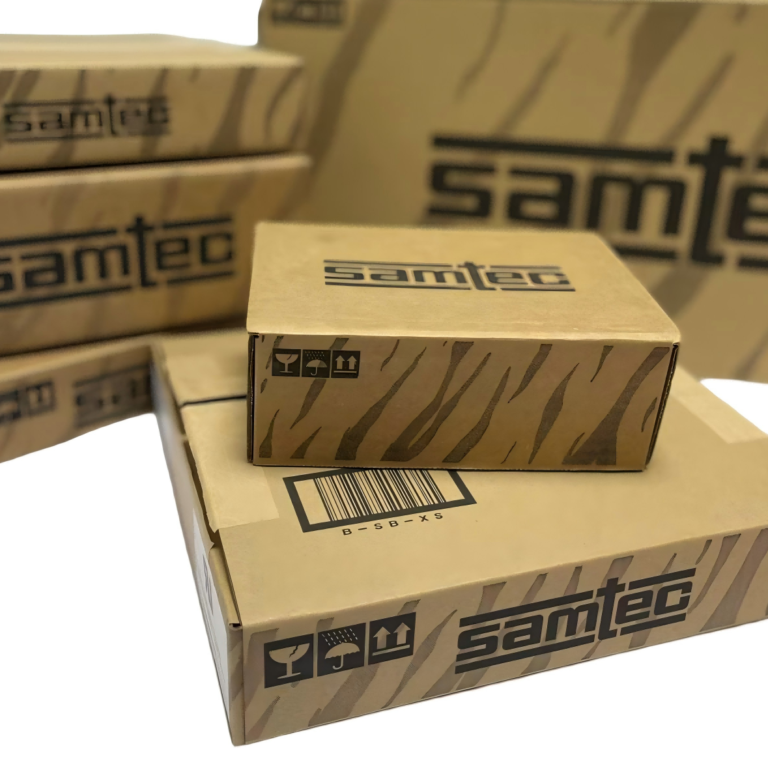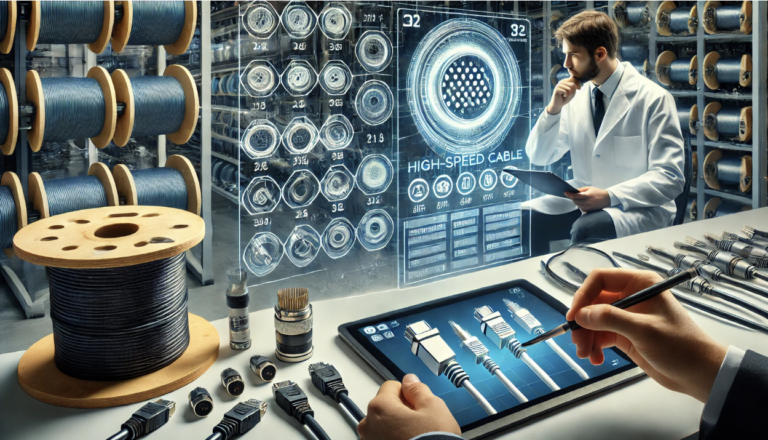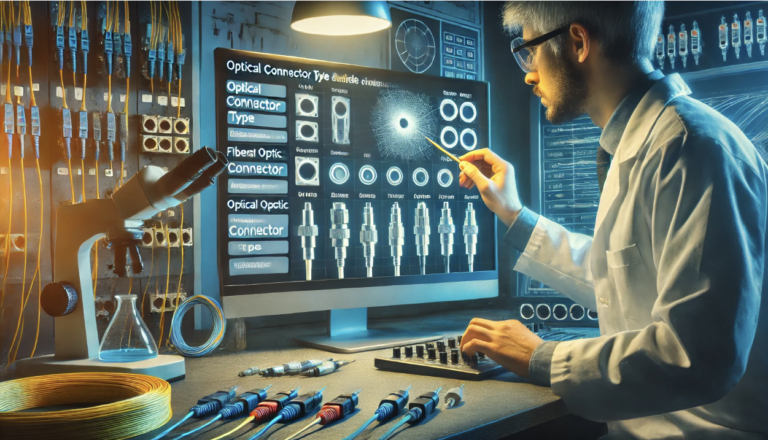Optimizing Factory Automation with High-Integration Analog Solutions
2024-11-11
Board-to-Board Connector
Richmon
Quick Facts: Factory Automation Optimization
- Market Growth: $226.93B (2023) → $513.82B (2032)
- Productivity Increase: 16% average improvement
- Cost Reduction: 12% operational savings
- Quality Enhancement: Up to 50% reduction in deviations
- Implementation Success Rate: 85% when proper planning is followed
- ROI Timeline: Typically 12-18 months for full system integration
In today’s rapidly evolving industrial landscape, manufacturers face increasingly complex challenges in maintaining efficiency and competitiveness. The rise of Industry 4.0 has created new opportunities for optimization, but also new complexities in implementation. High-integration analog solutions are revolutionizing factory automation, offering unprecedented opportunities for growth, efficiency, and precision in manufacturing processes.
Modern factories must adapt to changing market demands while maintaining consistent quality and reducing operational costs. This comprehensive guide explores how high-integration analog solutions address these challenges and transform manufacturing operations.
Table of Contents
Understanding High-Integration Analog Solutions
High-integration analog solutions are sophisticated electronic systems that combine multiple functions within a single component, streamlining factory operations and enhancing production efficiency. These solutions serve as the backbone of modern industrial automation, processing real-world signals with exceptional precision.
Core Components and Functionality
- Signal Processing Units: Convert and condition real-world analog signals for digital processing
- Integration Modules: Combine multiple analog functions in a single chip
- Control Systems: Manage and optimize automated processes in real-time
- Feedback Mechanisms: Enable precise adjustments based on continuous monitoring
Proven Benefits and ROI
Quantifiable Improvements
- Operational Efficiency: Up to 16% increase in productivity through streamlined processes and reduced downtime
- Cost Reduction: 12% decrease in operational expenses through optimized resource utilization
- Quality Control: 50% reduction in quality deviations through precise monitoring and control
- Energy Efficiency: 15-20% reduction in energy consumption through optimized operations
- Maintenance Costs: 30% reduction in maintenance expenses through predictive maintenance
Case Study Highlights
“Our implementation of high-integration analog solutions resulted in a 50% reduction in quality deviations, showcasing the tremendous impact of these technologies.” – Dr. Reddy’s Laboratories Case Study
Several leading manufacturers have reported significant improvements after implementing high-integration analog solutions:
- A major automotive manufacturer reduced assembly line errors by 45%
- A food processing plant increased throughput by 25%
- A pharmaceutical company achieved 99.9% accuracy in quality control
Implementation Guide
Comprehensive Step-by-Step Integration Process
- Initial Assessment
- Evaluate current automation infrastructure
- Identify bottlenecks and inefficiencies
- Assess staff capabilities and training needs
- Document existing processes and systems
- Strategic Planning
- Develop integration strategy aligned with business goals
- Create detailed implementation timeline
- Establish key performance indicators (KPIs)
- Allocate resources and budget
- Implementation Phase
- Phase-wise deployment of analog solutions
- Staff training and development
- System testing and validation
- Process documentation and standardization
- Optimization and Monitoring
- Fine-tune systems for maximum efficiency
- Monitor KPIs and adjust as needed
- Implement continuous improvement processes
- Regular system maintenance and updates
Common Challenges and Solutions
While only 1% of manufacturers achieve full digitalization, success is attainable with proper planning and execution. Here are the key challenges and their solutions:
Initial Investment Costs
- Challenge: High upfront costs for equipment and infrastructure
- Solution: Phased implementation approach and ROI-based prioritization
Legacy System Integration
- Challenge: Compatibility issues with existing systems
- Solution: Custom integration modules and middleware solutions
Staff Training
- Challenge: Knowledge gap in new technologies
- Solution: Comprehensive training programs and ongoing support
Future-Proofing Your Factory
The integration of AI and machine learning is transforming factory automation. Predictive maintenance, real-time optimization, and adaptive manufacturing processes are becoming standard features of modern facilities. Understanding these trends is crucial for long-term success.
Key Technology Trends
Edge Computing Integration
- Real-time data processing at the source
- Reduced latency in decision-making
- Enhanced security and privacy
IoT Sensor Networks
- Comprehensive monitoring capabilities
- Improved data collection and analysis
- Enhanced predictive maintenance
Advanced Analytics Platforms
- Real-time performance monitoring
- Predictive quality control
- Automated decision-making systems
Industry-Specific Applications
Food and Beverage
With an expected CAGR of 8.5% (2021-2028) in automation adoption, the food and beverage industry is experiencing significant transformation. High-integration analog solutions enable:
- Precise temperature and humidity control
- Automated quality inspection
- Real-time process monitoring
- Enhanced food safety compliance
Pharmaceutical Manufacturing
Stringent quality control requirements are met through precision analog solutions, providing:
- Accurate dosage control
- Environmental monitoring
- Contamination prevention
- Regulatory compliance management
Automotive Production
Enhanced precision in assembly and testing processes leads to:
- Improved assembly accuracy
- Enhanced quality control
- Reduced production time
- Better resource utilization
Conclusion
High-integration analog solutions are not just transforming factory automation – they’re redefining what’s possible in manufacturing efficiency and quality control. With potential productivity gains of up to 16% and significant cost reductions, the time to upgrade your factory automation systems is now.
The future of manufacturing lies in the successful integration of these advanced technologies. Companies that embrace high-integration analog solutions position themselves at the forefront of industrial innovation, ready to meet the challenges of tomorrow’s manufacturing landscape.
Ready to Optimize Your Factory Operations?
Take the first step toward transforming your manufacturing facility. Explore our comprehensive range of high-integration analog solutions or read more about industrial automation in our blog.
Want to Get Quality Connectors from Reliable Original Factory Channel ?
An professional sales engineer will help you on connector selection, get best quotes, support you all the way until products arriving your office.








